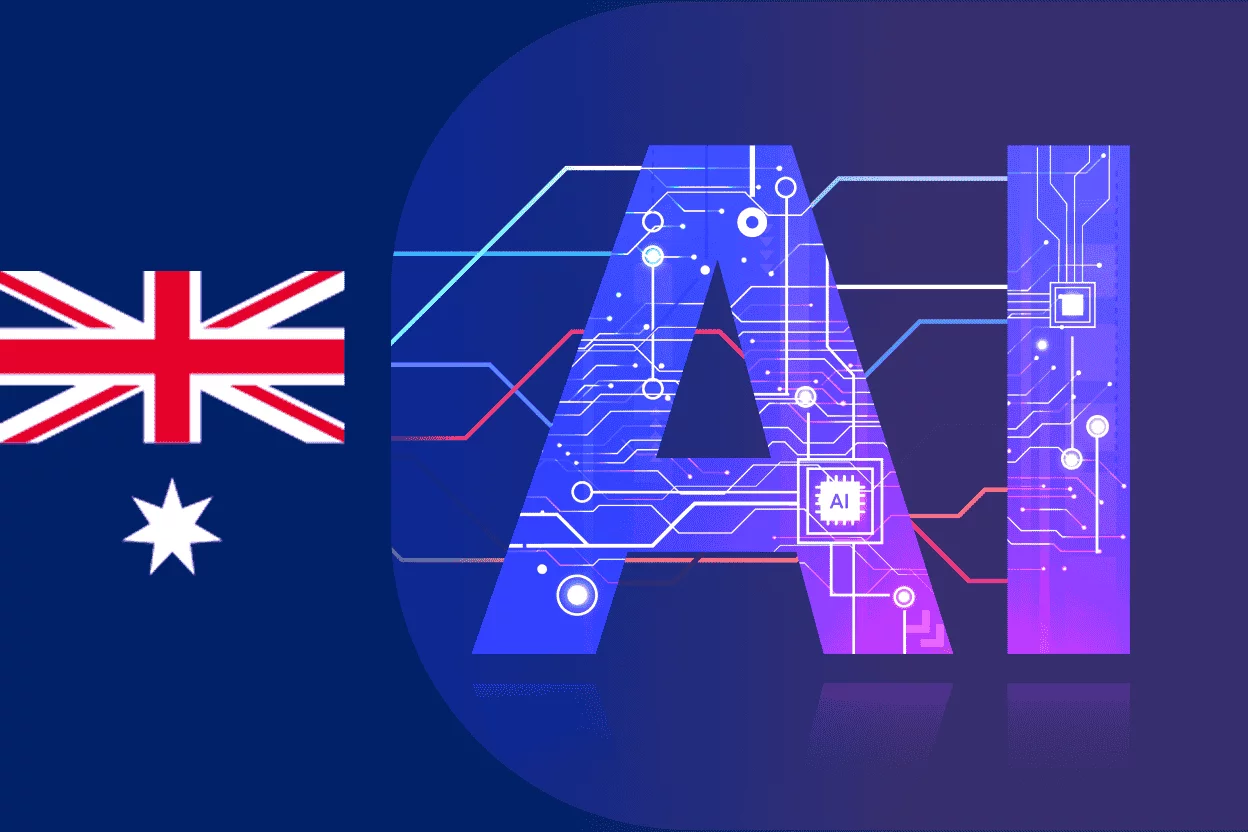Cloud computing has revolutionized the way businesses operate, providing scalable and cost-effective computing resources. However, with the increase in the adoption of cloud technology, the risk of data breaches and cyber-attacks has become an increasingly pressing concern for organizations of all sizes. We will discuss the top cloud security risks for 2025 and how organizations can mitigate them.
Top Cloud Security Risks in 2025
1. Data Breaches:
A data breach occurs when sensitive information, such as financial data, personal identification information, or confidential business information, is accessed or stolen by unauthorized individuals. This type of security incident can have serious consequences for organizations, including damage to reputation, financial losses, and loss of customer trust.
These types of data breaches are becoming increasingly common, and organizations must take steps to protect their sensitive information and prevent unauthorized access. This includes implementing robust security measures, regularly assessing their systems for vulnerabilities, and providing employee training on security best practices.
Notable incidents:
- In 2021, a data breach at the ride-sharing company Uber exposed the personal information of millions of customers and drivers. – Read more
- In 2019, Capital One suffered a massive data breach where the personal data of over 100 million customers was compromised due to a misconfigured firewall on a cloud service. – Read more
2. Malware and Ransomware Attacks:
Malware and ransomware attacks are another significant cloud security threat. Malware refers to malicious software designed to harm computer systems and networks, while ransomware is a type of malware that encrypts data and demands a ransom payment for its release.
Notable incidents:
- In 2021, the Colonial Pipeline was hit by a ransomware attack that disrupted fuel supply across the eastern United States. – Read more
- The WannaCry ransomware attack in 2017 affected cloud environments across various industries, exploiting vulnerabilities in Windows servers. –Read more
3. Account Hijacking:
Account hijacking refers to unauthorized access to cloud accounts using stolen credentials, such as login and password information. This type of attack can have profound consequences for organizations, as it can lead to data theft, economic loss, and damage to reputation.
In a typical account hijacking scenario, an attacker gains access to an individual’s login and password information, either through phishing frauds, malware attacks, or data breaches. The attacker then uses this information to gain access to the individual’s cloud account, potentially accessing sensitive information, such as financial data or personal identification information. In some cases, the attacker may also be able to modify or delete data, causing significant disruption to an organization’s operations.
To prevent account hijacking, organizations should implement strong authentication practices, such as multi-factor authentication, to ensure that only authorized individuals can access the account.
Notable incidents:
- In 2014, attackers compromised Apple iCloud accounts to access personal files and images, later leaking sensitive data of several high-profile individuals. – Read more
4. Misuse of Cloud Services:
Misuse of cloud services occurs when employees or contractors use cloud resources for purposes that are not in line with an organization’s policies or standards. This can happen when employees use cloud resources for personal purposes, such as storing personal files or using cloud-based applications for non-work-related activities.
The misuse of cloud services can put sensitive data at risk, as personal or unauthorized activities may introduce security vulnerabilities or compromise the privacy and confidentiality of sensitive information. For example, if an employee stores sensitive data on a cloud service that is not secured with proper encryption or access controls, it could be accessed by unauthorized individuals.
Notable incidents:
- In 2021, a group of hackers exploited a vulnerability in Amazon Web Services (AWS) to launch a distributed denial of service (DDoS) attack against a number of websites. –Read more
- In 2018, Tesla’s cloud environment was used by hackers to run cryptocurrency mining scripts due to inadequate security configurations. – Read more
5. Lack of Encryption:
Lack of encryption for sensitive data stored in the cloud can pose a significant security risk for organizations. When data is unencrypted, it can be easily accessible to anyone who has unauthorized access to the cloud environment, whether through a data breach or a malicious attack. This means that sensitive information, such as financial data, personal identification information, or confidential business information, can be easily stolen and used for malicious purposes.
In addition, unencrypted data is vulnerable to unauthorized modification, which can lead to data corruption and loss of integrity. This can result in significant consequences for organizations, including financial losses, reputational damage, and regulatory fines.
Notable incidents:
- In 2022, a data breach at a healthcare provider exposed the personal information of millions of patients due to the lack of encryption. – Read more
- In 2018, Equifax was criticized for not encrypting the personal data of over 147 million customers during its breach, contributing to the severity of the incident. – Read more
How Microsoft Azure Mitigates These Cloud Security Risks
Microsoft Azure provides a comprehensive set of tools and services designed to help organizations protect their cloud environments and mitigate security risks:
- Data Breaches: Azure employs multi-layered security, including the use of Azure Security Center, which continuously monitors cloud workloads and applies advanced threat protection mechanisms. Azure Active Directory (Azure AD) also provides role-based access control to limit who can access sensitive data.
- Advantages:
- Continuous security monitoring for all cloud resources.
- Real-time threat detection using machine learning and global threat intelligence.
- Automatic remediation of security issues through security policies.
- Advantages:
- Malware and Ransomware Attacks: Azure provides endpoint protection and integrates with Microsoft Defender for Cloud to detect and mitigate malware and ransomware threats. Additionally, automatic patch management helps keep cloud infrastructure secure from known vulnerabilities.
- Advantages:
- Advanced threat detection using machine learning and behavior analysis.
- Built-in vulnerability assessment for VMs and containers.
- Quick isolation of compromised resources to minimize damage during an attack.
- Advantages:
- Account Hijacking: Azure AD offers multi-factor authentication (MFA), conditional access policies, and identity protection to prevent account hijacking. It continuously monitors suspicious activities, such as login attempts from unusual locations or devices.
- Advantages:
- Reduces the risk of account hijacking by adding extra layers of authentication.
- Flexible MFA options: SMS, voice calls, mobile app notifications, and hardware tokens.
- Easy to configure and scalable across cloud services, ensuring enterprise-wide protection.
- Advantages:
- Misuse of Cloud Services: Azure’s resource monitoring and logging services, such as Azure Monitor and Azure Policy, help detect and prevent unauthorized use of cloud resources. Additionally, it provides alerts and remediation strategies when suspicious behavior is detected.
- Advantages:
- Continuous monitoring of cloud resource performance and security.
- Real-time alerts to identify and respond to unusual or malicious activity.
- Detailed logs and diagnostics for in-depth analysis of cloud misuse incidents.
- Advantages:
- Lack of Encryption: Azure automatically encrypts data both at rest and in transit. Customers also have the ability to implement customer-managed keys for additional control over encryption policies through Azure Key Vault.
- Advantages:
- Full control over encryption keys with integration into all Azure services.
- Centralized management of keys and secrets, reducing the risk of accidental exposure.
- Built-in support for hardware security modules (HSMs) for enhanced protection.
- Advantages:
According to a recent report, The global cloud security market size is projected to grow from USD 40.7 billion in 2023 to USD 62.9 billion by 2028 at a CAGR of 9.1% during the forecast period. The global average cost of a data breach in 2024 is projected to be USD 4.88M – a 10% increase over last year and the highest total ever.
The increasing adoption of cloud technology has brought with it a range of new cloud security risks challenges. Organizations need to stay vigilant and implement robust security measures to mitigate these risks and protect their data and systems.
The increasing adoption of cloud technology has brought with it a range of new security challenges. To mitigate these risks, organizations need to implement robust security measures and stay vigilant against evolving threats. Intelegain Technologies, with its 20+ years of experience in specialized cloud services and as a Microsoft partner, can help organizations fight cloud security risks through its adherence to industry standards, security-focused software development, encryption, and access controls, regular security assessments, employee training, and cloud management services. By working with Intelegain Technologies, organizations can ensure that their cloud systems are secure, and their sensitive data is protected against cyber-attacks and data breaches. Contact us for FREE cosultion on Microsoft Azure cloud migration services. Also we will help you with what’s the right time of cloud migation for your buisness growth.
Let’s Build Digital Excellence Together










